Riding a tricycle for adults is not the same as riding a regular bicycle—and the differences are very noticeable. First, a 3 3-wheel bike has,well, three wheels, and so it feels much more stable than a normal bicycle, which can throw you off. If you are trying an electric tricycle, you will quickly realize that all your previous cycling knowledge does not quite apply, especially if you have not been prepped.
So, let's do that. Let's get you prepped for those beginning days on your adult tricycle. Here are nine quick tips on how to ride your adult tricycle and master it in a short time.
1. Adjust the Seat and Handlebars
When mounting a tricycle for adults for the first time, your first objective should be to get into a comfortable riding position. Usually, this means making some adjustments, especially to the seat and handlebars.

- Make sure the seat and handlebars are adjusted to your height. If they are too high, you’ll be stretched; too low, you’ll lose power and strain your knees.
- Start by adjusting the seat so that when you’re seated with one pedal at the lowest point, your knee should bend slightly. Your back should also be upright, and your hands should easily reach the handlebars.
- This position is safe and comfortable in the short run, but especially in the long run if you plan to ride your tricycle frequently.
Check that all bolts and levers are secure to avoid wobbles. Also, check that the wheels and tires are inflated and ready to roll smoothly.
2. Get to Know Your Adult Trike on Flat Ground
Where you learn how to ride your adult tricycle also matters. Choose a flat, open area without traffic, like an empty parking lot or quiet street. Here, you should have enough space to practice without running into obstacles or steep inclines.
When you mount for the first time, do not take off immediately.

Take a few moments just sitting on the trike, getting used to its weight and feel. You will quickly notice that you’re already balanced!
The fact that you don’t need to worry about tipping over while stationary lets you focus on controlling speed and direction.
3. Start Pedaling Slowly
When you are ready, place your feet on the pedals and push off slowly. Adult tricycles handle differently than bikes, so you don’t want to rush just yet. Start with a slow, steady pedaling rhythm, observe how the trike reacts, and get used to it.
Since tricycles don’t need you to balance, let your upper body relax and stay straight. Trust your legs to handle the power, and the trike will stay stable as you go.
4. Practice Steering Gently
Unlike regular bicycles, steering a tricycle is all about control rather than balance. Remember that the tricycle doesn’t lean on you. If you turn too sharply, especially at speed, it can tip to the side.
So, keep your grip on the handlebars firm but not too tight, and avoid sudden or sharp turns.
Eventually, start with gentle, gradual turns until you’re comfortable with the trike’s handling.

5. Making Turns: Go Wide and Slow
For a beginner learning how to ride a tricycle, you have to spend a long time understanding how to turn with the vehicle. Remember, tricycles have three wheels, so they handle turns differently. Here are some tips:
- When turning, slow down and make the turn wide and smooth to prevent any wobbling.
- As you approach a turn, start slowing down a bit. Guide the trike gently with the handlebars, making sure to keep the turn as wide as possible.
Keep in mind that quick, tight turns increase the chance of tipping, especially if you’re moving at a higher speed (which you should not be attempting at this point).
6. Braking Safely
Practicing your bakes should be a crucial part of learning how to ride your adult tricycle. Most adult trikes usually have hand brakes (like a bike) or coaster brakes (backpedaling brakes). Practice both slow and faster stops so you know how quickly you can stop in various situations.

If your 3-wheel bike has hand brakes, use them gently to avoid any jerky stops. Also, avoid slamming the brakes abruptly: this could jolt you forward or disrupt the stability of the bike. As a beginner, this could be a disaster.
Try to practice braking at different speeds, so you’re prepared to stop smoothly in traffic or at intersections.
7. Getting Used to Uneven Terrain
When you are fairly familiar with riding your tricycle on even terrain, it is time to brave more even routes. You will quickly notice that riding any tricycle on uneven ground feels different from a bike because all three wheels stay in contact with the ground.
This means you’ll feel more bumps and may notice the trike “rocking” slightly as each wheel adjusts, especially if your trike does not have a suspension system.

When approaching uneven terrain, like small bumps or gravel or small bumps on an adult tricycle, the first step is to slow down to a slower speed.
When going up or down a curb on your adult tricycle, take it at an angle. This helps prevent the trike from jolting or getting “stuck” against the curb edge.
8. Stopping and Getting Off
One of the perks of an adult trike is that you don’t need to balance when you stop. Simply brake and come to a gentle stop—your feet can stay on the pedals.
It is advisable to come to a complete stop before you dismount. Set one foot on the ground, and stand up. Some riders prefer stepping off to one side, depending on the trike’s frame height.
9. Parking and Backing Up
When parking, always engage any parking brake (if your trike has one). This feature prevents it from rolling away on inclines.To back up, you usually can’t just pedal backwards (most trikes don’t reverse). Instead, step off the trike and manually push it backward as needed. Practice a bit, as backing up can be helpful for parking or maneuvering in tight spaces.
Advanced Tips: Level Up Your Game
Add Accessories for Safety and Storage:

If you are riding on roads, consider using a flag or wearing reflexive strips. In spite of their considerable size (compared to bicycles), they are lower to the ground, and sometimes car drivers cannot see them clearly.
Most adult tricycles have a rear basket—perfect for groceries or gear! Just remember not to overload it: extra weight can affect your handling.
Build Up Speed Gradually:
As you get more comfortable, increase your speed in increments. Try not to do too much, though: tricks handle great at low to moderate speeds but can feel unstable at higher speeds if you’re not experienced.
Ride to Enjoy
The last and final tip for riding your tricycle is to ride to enjoy yourself. There will always be a small measure of fear, but do not let that take away from the joy of trying something new. Your tricyle is stable safe and sturdy enough to hold you, especially if it is one from Viribus.
Try a Viribus Tricycle
Viribus tricycles are made for the ultimate riding experience for both beginners and long time tricycle experts. Flagship Viribus electric tricycles such as the TG1 Pro Electric Tricycle are designed to be low enough to enable any adult get on and off. There are so many reasons why these bikes are perfect for adults.

- The 350w motor is just powerful enough to provide that balance of adventure and safety.
- The lithium-on batteries are capable and formidable, providing within a range of 31–38 miles per charge (depending on the model you choose)
- The TG Pro Electric even comes with a sophisticated suspension system to cushion against bumps on the road.
- The TG Electric Tricycle is perfect for older adults, the TG Plus Electric has more of a kick to it: there is something for everybody.
Finally, enjoy your ride with Vicibus, but also make sure you pay attention to some safety tips when riding any adult tricycle and also some important tips for first-time riders of tricycles.

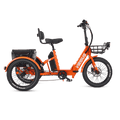

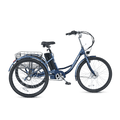
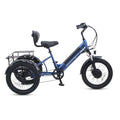
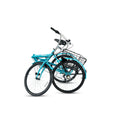
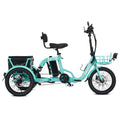

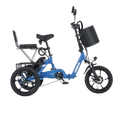
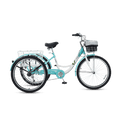
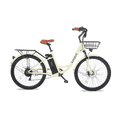
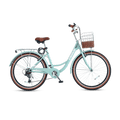
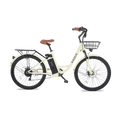
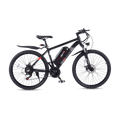
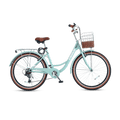
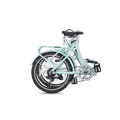
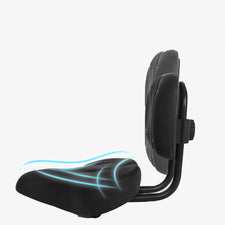





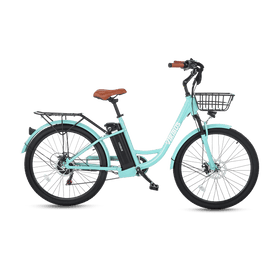
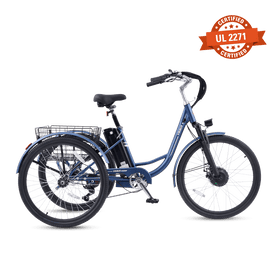
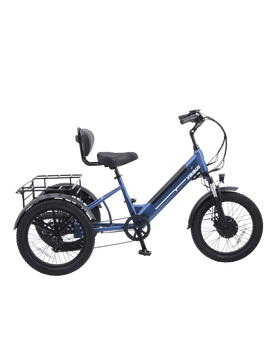



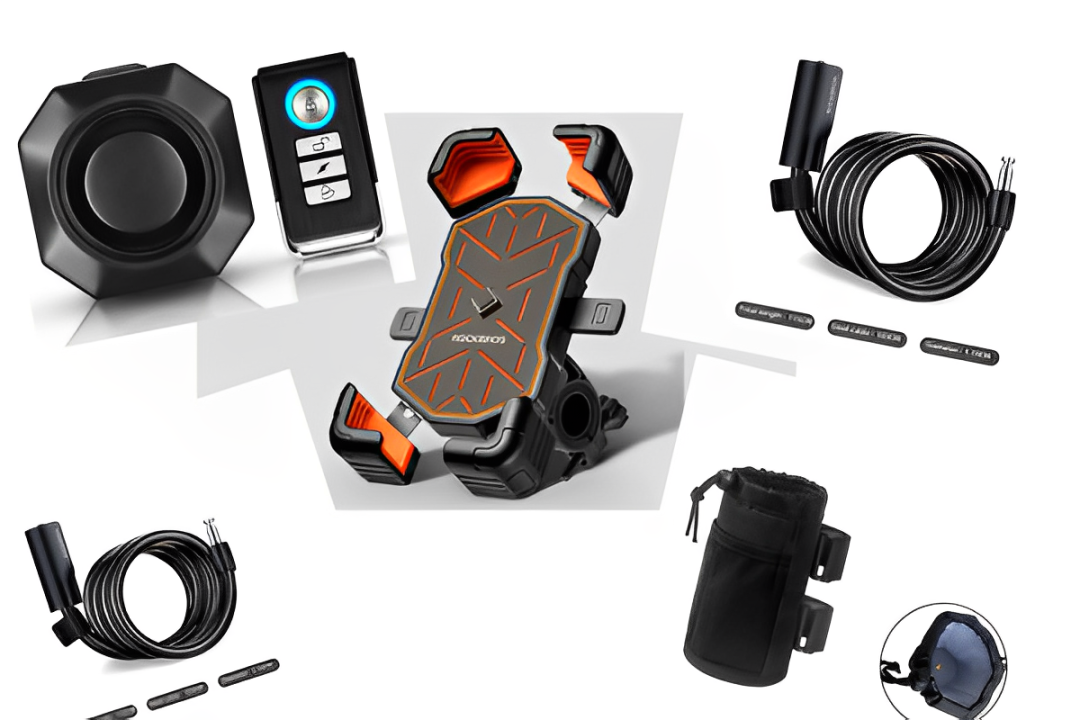
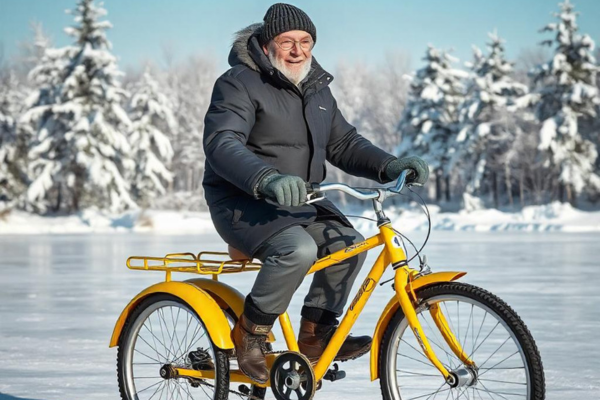
Leave a comment
All comments are moderated before being published.
This site is protected by hCaptcha and the hCaptcha Privacy Policy and Terms of Service apply.